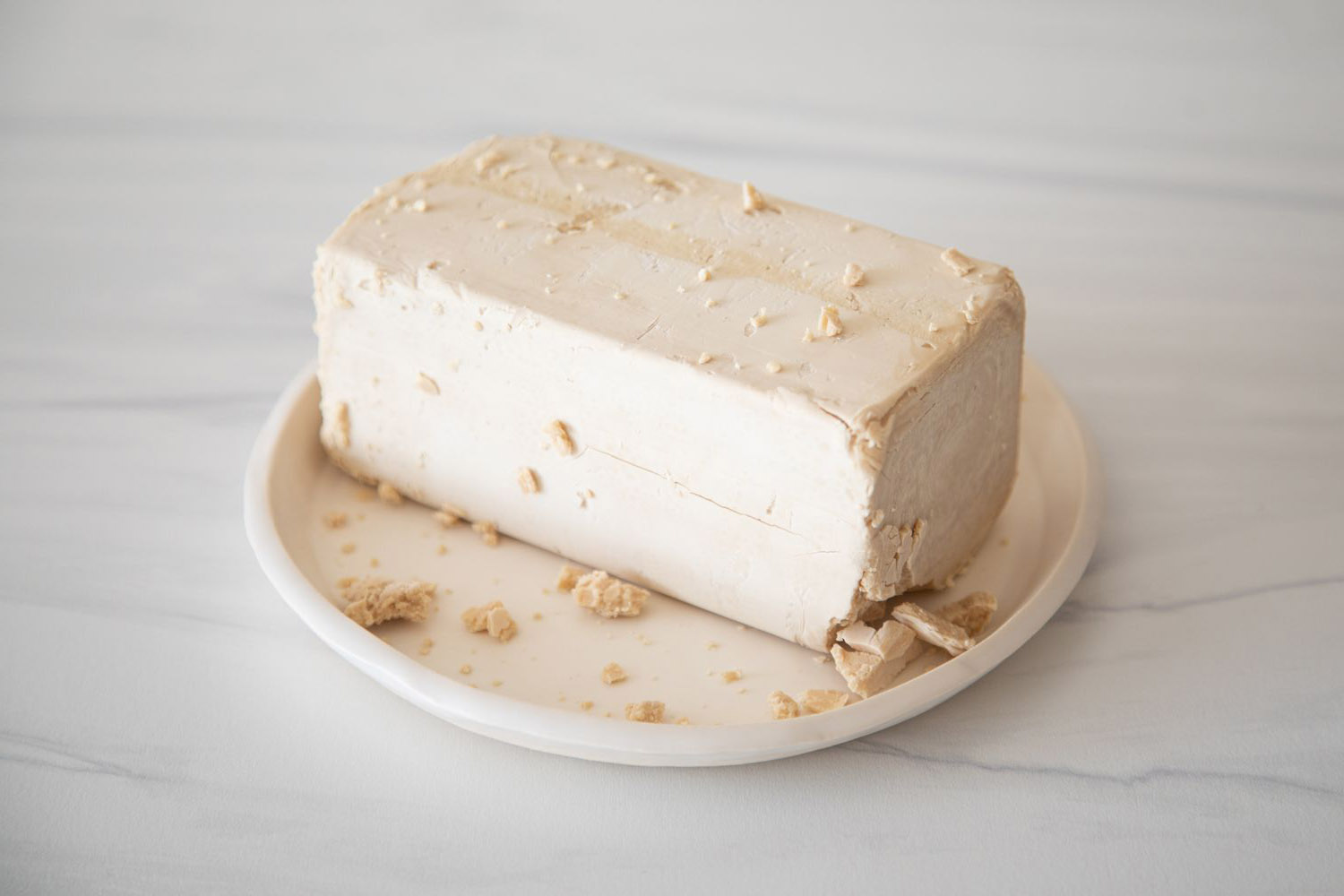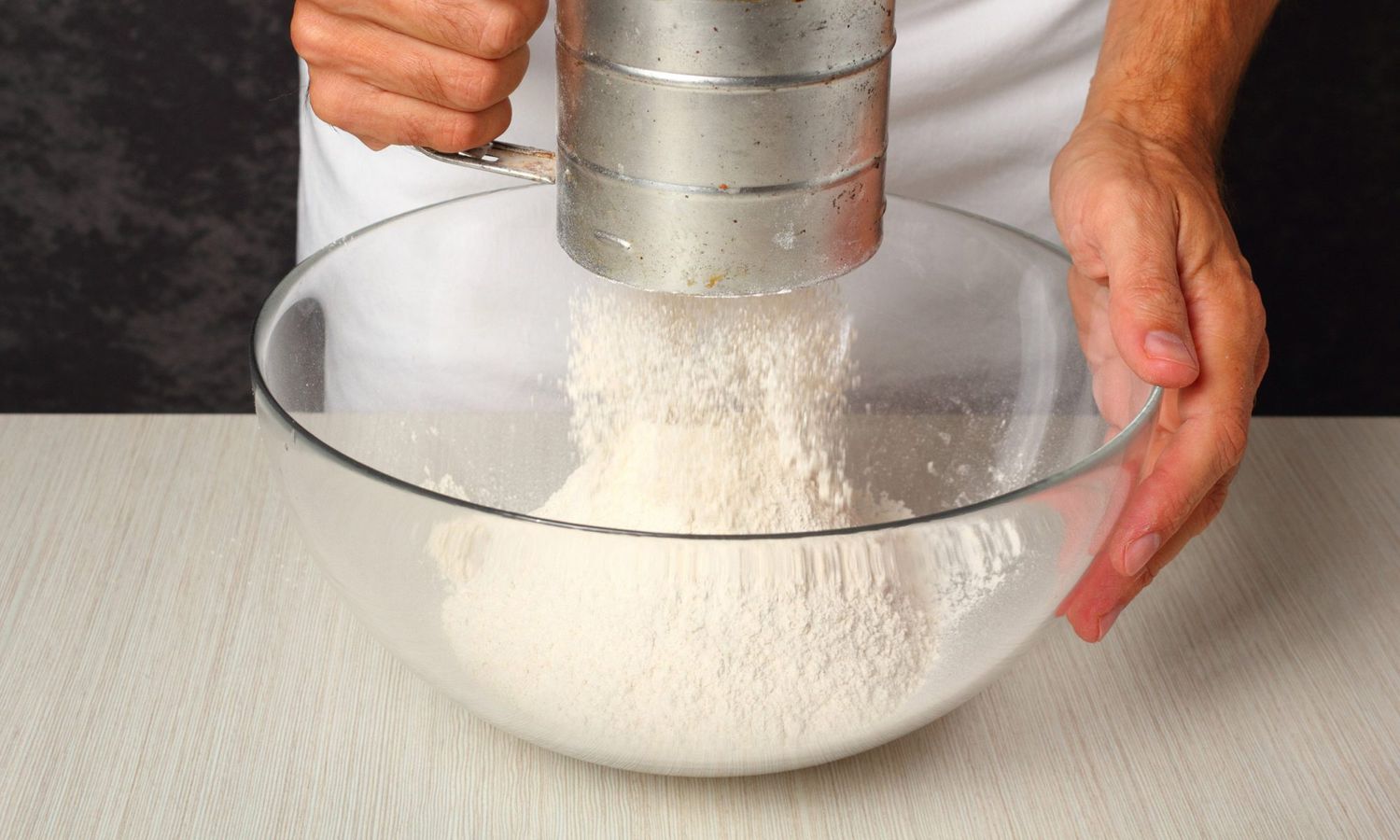Understanding the Difference Between Active Dry and Instant Yeast
Yeast is a crucial ingredient in baking, responsible for making bread rise and giving it that soft, fluffy texture. When it comes to yeast, there are two main types that are commonly used in baking: active dry yeast and instant yeast. While both serve the same purpose, there are some key differences between the two that can affect how they are used in recipes.
Active Dry Yeast
Active dry yeast is the more traditional form of yeast. It is made up of larger granules and needs to be dissolved in water before being used in a recipe. To activate active dry yeast, it needs to be proofed in warm water with a pinch of sugar, allowing it to become frothy and bubbly before adding it to the rest of the ingredients. This process takes around 5-10 minutes, and the water used should be around 110°F (43°C).
When using active dry yeast, it is important to ensure that the water is at the correct temperature, as water that is too hot can kill the yeast, while water that is too cold may not activate it properly. Active dry yeast also has a shorter shelf life compared to instant yeast and needs to be stored in a cool, dry place or the refrigerator to maintain its effectiveness.
Instant Yeast
Instant yeast, also known as fast-rising or rapid-rise yeast, is a more modern form of yeast. It is made up of smaller granules and can be added directly to the dry ingredients in a recipe without needing to be proofed in water first. This type of yeast is designed to be mixed straight into the flour, saving time and an extra step in the baking process.
Unlike active dry yeast, instant yeast does not require proofing and can be added directly to the other dry ingredients in the recipe. It is also more resilient and forgiving when it comes to temperature, as it can be added to ingredients that are either warm or at room temperature without affecting its effectiveness. Additionally, instant yeast has a longer shelf life and can be stored at room temperature, making it more convenient for regular use.
Key Differences
Now that we understand the basic characteristics of both active dry yeast and instant yeast, let’s summarize the key differences between the two:
- Activation: Active dry yeast needs to be dissolved in water and proofed before use, while instant yeast can be added directly to the dry ingredients.
- Temperature Sensitivity: Active dry yeast is more sensitive to temperature and requires precise water temperature for proofing, whereas instant yeast is more forgiving and can be added to ingredients at different temperatures.
- Storage: Active dry yeast has a shorter shelf life and needs to be stored in a cool, dry place or the refrigerator, while instant yeast has a longer shelf life and can be stored at room temperature.
Which One Should You Use?
When it comes to choosing between active dry yeast and instant yeast, the decision often comes down to personal preference and the specific requirements of the recipe. If a recipe calls for one type of yeast and you only have the other, it is possible to make a substitution, but it is important to consider the differences in activation and temperature sensitivity to ensure the best results.
Ultimately, both types of yeast can yield delicious, well-risen bread and baked goods when used correctly. Whether you opt for the traditional method of proofing with active dry yeast or the convenience of instant yeast, understanding the differences between the two can help you become a more versatile and knowledgeable baker.
So, the next time you’re in the kitchen preparing to bake some fresh bread or sweet treats, consider the type of yeast you’re using and how it may impact your recipe. With the right knowledge and understanding, you can confidently create mouthwatering baked goods that rise to perfection every time!
Was this page helpful?
Read Next: What Is Chicken Tikka Masala?











